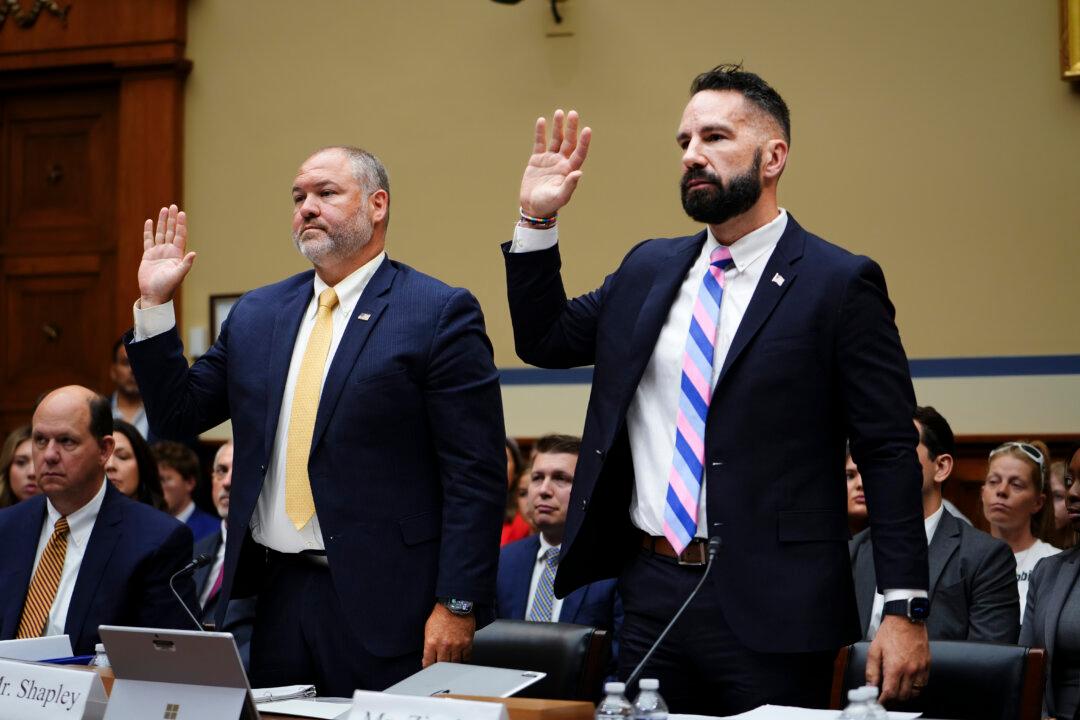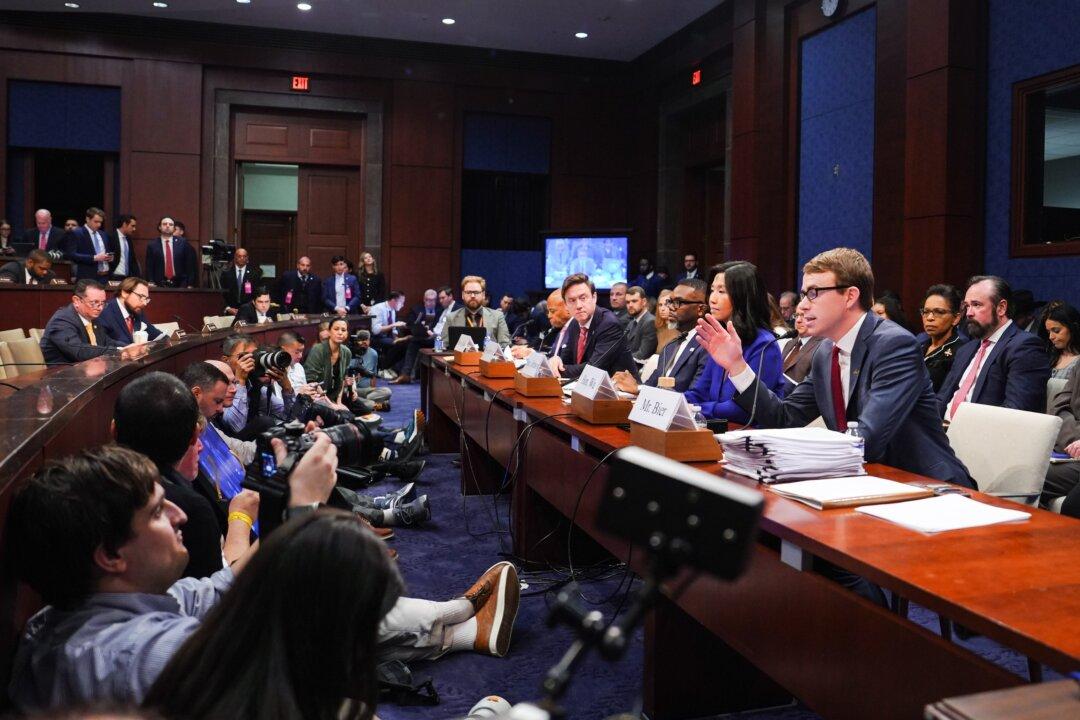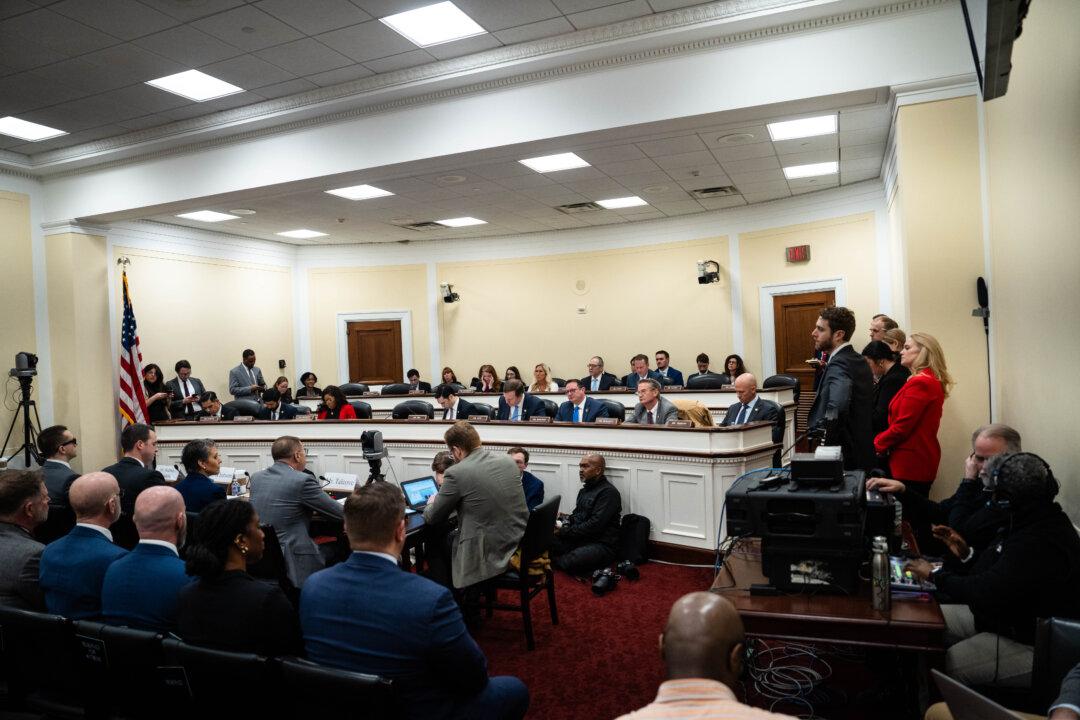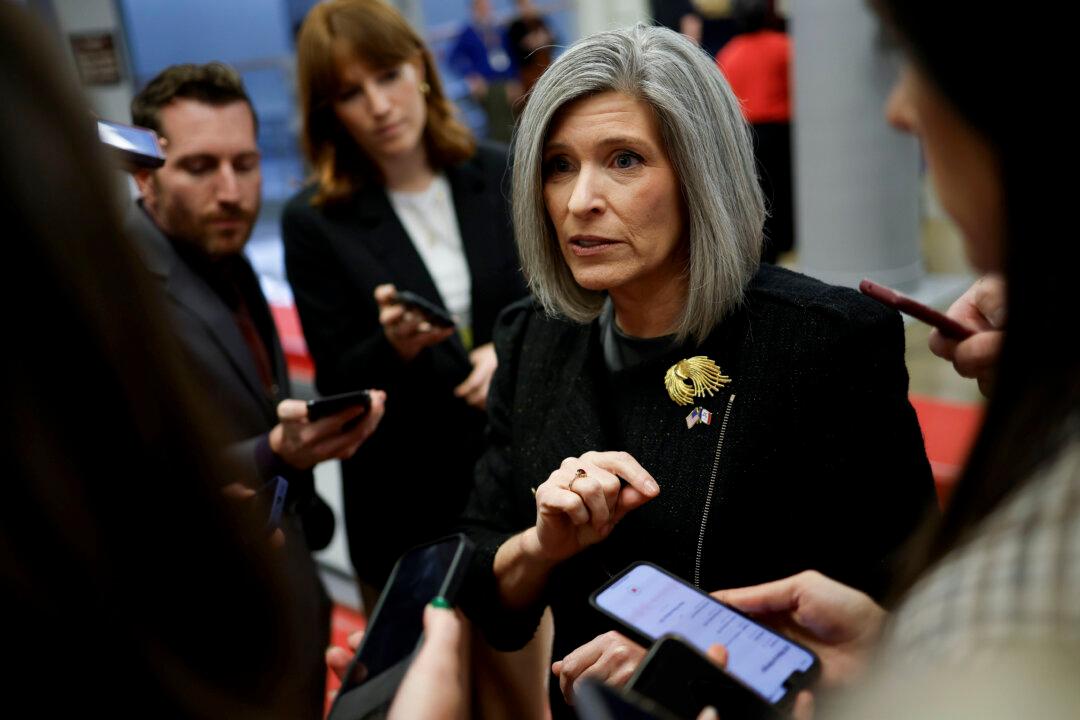Journalists reporting on union political activities typically cite the figure of $54 million as the measure of labor campaign and candidate advocacy spending in 2022, but the actual total is closer to $25 billion, according to a new analysis of mandatory expenditure reports by worker organizations.
The $54 million represents the total derived from union reports to the Federal Election Commission (FEC) for political action committees (PAC) spending during the 2022 campaign cycle.





